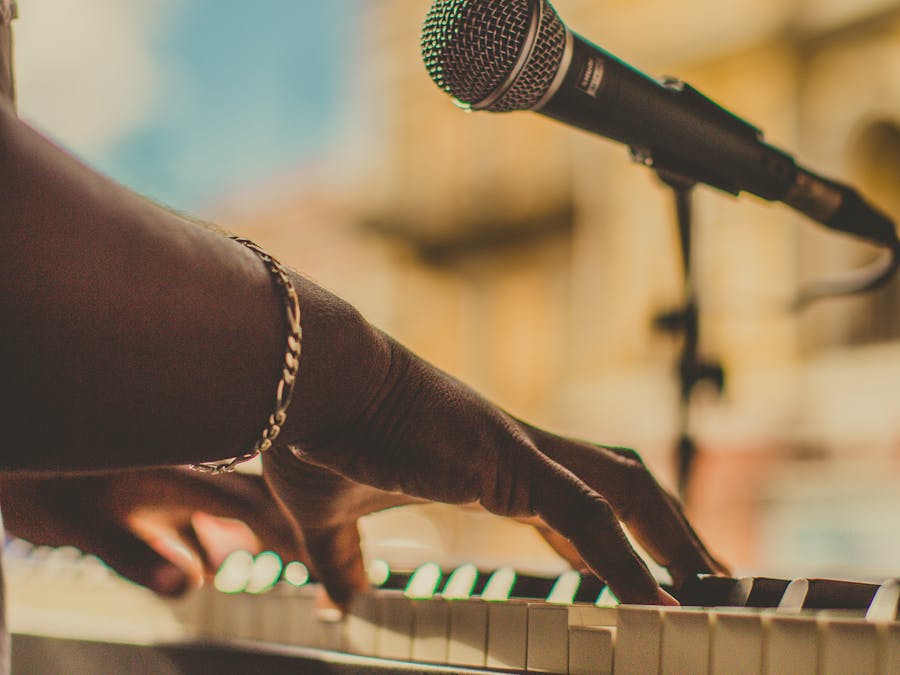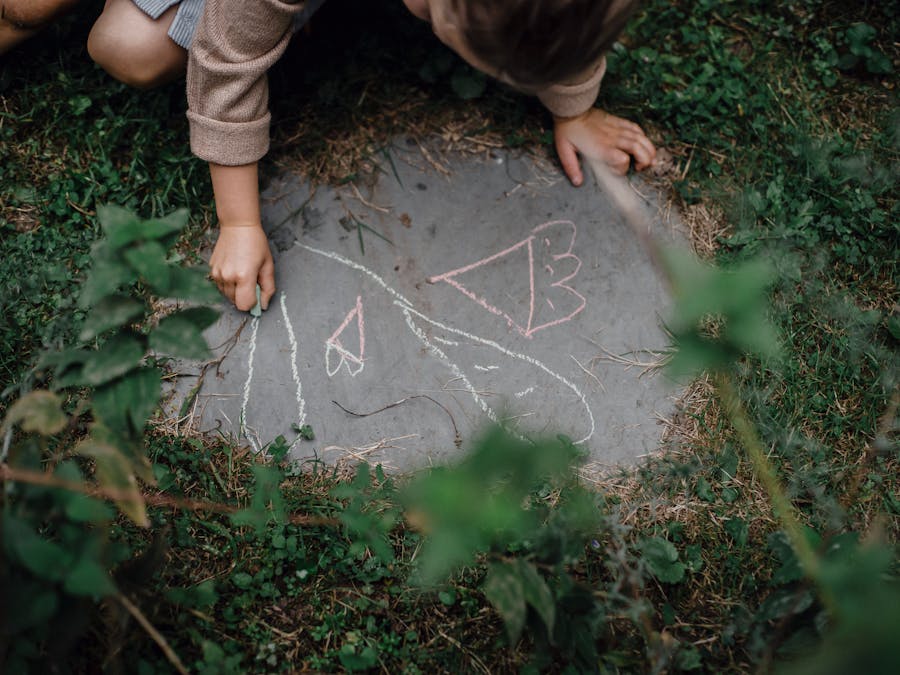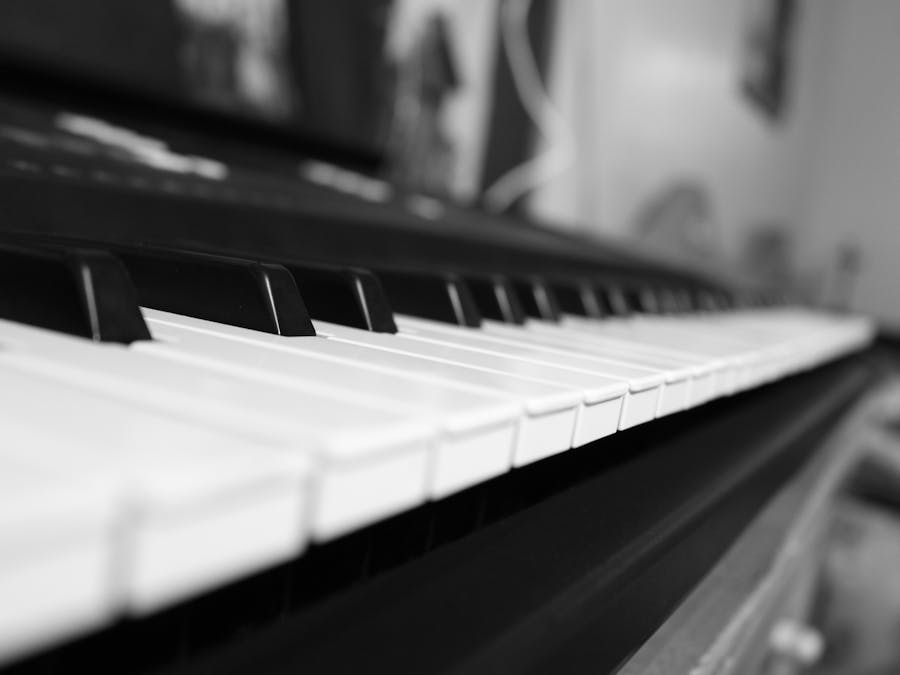 Piano Guidance
Piano Guidance
 Piano Guidance
Piano Guidance

 Photo: Alexander Mils
Photo: Alexander Mils
Crunch chords are tension chords in music. Piano chords like dim 7ths, flat 9ths, sharp 11ths, and so on are crunch chords. Their purpose is to create tension and excitement in music.

Most instruments/singers must read notes in a certain range, because that instrument or vocalist can only handle a certain number of notes in their...
Read More »
If you want to be a professional classical performer, you're looking at a minimum of 10 to 15 years of concentrated study with a master teacher,...
Read More »Crunch chords can be our worst enemies or our best friends. When we play piano chords we often come across a crunchchord. Crunch chords are tension chords in music. Piano chords like dim 7ths, flat 9ths, sharp 11ths, and so on are crunch chords. Their purpose is to create tension and excitement in music. I liken them to the big bad wolf in Red Riding Hood. If I re-wrote Red’s story and took out the wolf it would go something like this. Little Red Riding Hood woke up one sunny day. She filled her basket with fruit and cookies and headed off to Grandmother’s house. When she arrived, Grandma gave her a big hug and they went inside and had cookies and tea. The End. Do you think many copies of this story would sell? There is no excitement, no tension. No big bad wolf. Crunch chords create big-bad-wolf tension. Here’s the problem... playing crunch chords can sound really bad when we’re learning a piece of music and playing it slowly. We play the melody and piano chords in our piece, checking every note is correct and sounds nice. We anticipate the day we can soar through this beautiful music and then BANG... we hit a crunch chord. It sounds awful! Something must be wrong! ... If you’ve checked all the notes in your chord are correct and it still sounds bad, it’s a crunch chord. It will sound fine when you speed it up... but sometimes, because we dislike the sound so much, we learn wrong notes instead of the crunch chord. Sometimes we blank out and don’t learn the notes at all. Most memory problems happen around crunchy piano chords. Here’s a solution: find the piano chords you don’t like the sound of and draw an angry face on top... or, if you are a better artist than me, draw a big bad wolf. It will remind you that, although this chord sounds bad now, when you have learned this piece and are playing up-to-speed, your crunch chord will sound great. In fact, it will be one of the focal points of your piano music. You will likely enhance it with some extra volume, or ... a dramatic pause! Most importantly, you will enjoy the music at a deeper level and that crunchy chord will be played correctly and confidently!

Its direct enharmonic equivalent, F-sharp major, contains the same number of sharps as the G-flat major key does flats.
Read More »
Tubular Keys Tubular keys look like hollow cylinders with divots and notches around the edge. This design enables the pins to be operated at 360...
Read More »The dream chord is a chord that is used prominently in the works of La Monte Young. It is made up of the pitches G-C-C♯-D. The chord is prominently featured in Young's compositions for Brass, Trio for Strings, and The Four Dreams of China.

Ivory is harder than bone and hence it is not that easy to make a scratch on a piece of ivory as you can make on bone.
Read More »
“All piano takes is dedication, an instrument, and a little bit of time. You're never too old to start learning piano; you may, however, get to a...
Read More »
Yet this hard-to-get design is well worth it. Steinway & Sons. As one of the most respected and famous piano brands on the market, Steinway & Sons...
Read More »
The Italian Brazilian singer Georgia Brown holds the Guinness World Record for the highest note ever hit by a human, an incredible G10. Verified at...
Read More »